War against the World
This is madness, Nerva! Vardania is yours! You have won! When is this insanity going to stop?What had begun in the highlands of northern Vardania would end at the far shores of the world. An empire in which the sun never set. The known world united. A thousand nations, cultures and religions under one banner. To achieve this, however, the rulers of Tarquinnia launched what was arguably the most ambitious, brutal, brilliant and insane series of campaigns in military history. In less than forty years, the will of a handful of people changed the world forever.
Insanity? I call it ambition. I call it a dream. A dream of a nation spanning both sides of the great ocean. A dream of a nation that has no rivals, no one to fear. A dream of a nation where the sun never sets. And until that dream is accomplished by the gods I swear it, there will be no peace.
Hegemony
Over 200 years after the first rebels had taken up arms against the Mecarian Dynasty, Vardania finally entered an age of peace. Over the course of a brutal 20 year campaign, the Second Tarquinnian Hegemony had conquered the various fractured realms of the continent, fully uniting it for the first time in history. The last decade of the 17th century DA was one of recovery, as the Hegemony focussed on organising and stabilizing itself. While the realm was ostensibly ruled by a Senate, the true power was still the clique known as the Inner Council. Majorian as Warmaster held supreme control over all military forces, Primarch Aelia Lapin was master of the realms administration and economy and as High Consul Nerva controlled both the realms inner and foreign politics. While all three were in their sixties by now, they still worked with the same dedication and energy that had build the nation.Rhomeia contra Tarquinnia
Peace, something that history teaches us very clearly, does seldom last long, however. When the Hegemony conquered Vardanias southern coasts, it took control of several Rhomeian colonies in the process. While these cities had been in open revolt against their master and had declared themselves independent, they were still considered core territory by the Rhomeian Empire. Although long past its last zenith in terms of power and wealth, the Eternal Empire still commanded significant forces, most notably the largest navy in the world. In 1703, tensions reached a boiling point and when Nerva returned the Rhomeian demand for tribute with less than formal words, Emperor Vicaris XII. had enough. On the 2nd of Iunis he declared war on Tarquinnia.Battle on the Syrrin
Knowing full well that the Hegemonies Navy was no match for its enemy, Majorian simply abandoned the ocean and focussed solely on a land campaign. Feeding the Rhomeians false information he made them believe that the mouth of the river Sirryn was undefended, which would enable their fleets to attack the core territory of the Hegemony. His plan worked. Lured deep into Vardanias interior, the bulk of the Rhomeian Fleet was ambushed and burned. More than 40.000 soldiers either burned or drowned that day.
Knowing full well that the Hegemonies Navy was no match for its enemy, Majorian simply abandoned the ocean and focussed solely on a land campaign. Feeding the Rhomeians false information he made them believe that the mouth of the river Sirryn was undefended, which would enable their fleets to attack the core territory of the Hegemony. His plan worked. Lured deep into Vardanias interior, the bulk of the Rhomeian Fleet was ambushed and burned. More than 40.000 soldiers either burned or drowned that day.
Betrayal at Methlan
While Majorian was fighting the enemy fleet up north, Nerva was scheming in the south. The city of Methlan had long been a Rhomeian stronghold on the continent and had held loyally to the empire whereas other colonies had rebelled. Tensions had begun to rise, however, as Vicaris had made it clear that he wanted to end the cities special autonomy within the empire. This proved fertile ground for Nervas intrigues. In 1704 the city switched sides, cutting off the supplies for the Rhomeian army in the south.
While Majorian was fighting the enemy fleet up north, Nerva was scheming in the south. The city of Methlan had long been a Rhomeian stronghold on the continent and had held loyally to the empire whereas other colonies had rebelled. Tensions had begun to rise, however, as Vicaris had made it clear that he wanted to end the cities special autonomy within the empire. This proved fertile ground for Nervas intrigues. In 1704 the city switched sides, cutting off the supplies for the Rhomeian army in the south.
Themyran Arrogance and Pesharan Gold
No sooner had Majorians army returned home, that a message from the south brought new cause for war. The Themyran Kingdom of Thenia, threatened by the expansion of the Second Dynasty of Pesh-Ar, had send a plea for help. Not much is known of this campaign, all documents lost to fire and time. Majorian, in the span of five years, managed to conquer all of the Interran coast, wipe the Dynasty of the face of the earth and subdue several Themyran Kingdoms before returning to Tarquinnia.Are you kidding Nerva? If we aren't careful with all the gold Majorian brought back with him, we'll throw the entire continent into an economic crisis!
War against the West
All lands east of the Great Divide had fallen under the rule of Tarquinnia, a development the powers on its western shore watched with great apprehension. Tensions had been rising for decades now, with Vardanian traders aggressively pushing into western markets and Aleias economic programs directly targeting their trade. In 1714 a dispute between traders in the Illiagaran City of Meani escalated into an anti-Vardanian riot which, fueled by the western powers, escalated into a continent-wide purge. Tens of thousands of Vardanian merchants and settlers were killed by raging mobs, their possessions seized. Nerva now had a cause for war. Over two years, the 2nd Hegemony raised the largest army Vardania had ever seen. A total of 800,000 soldiers and over 1,000 ships was made ready. It would not be a simple campaign against a single country, but a duel to the death between continents. This war would be different from all the others, for the Atheryan Empire, Hegari Dominion and Kingdom of Wetrin were not war-torn realms, rotten to the core. Each alone was a power equal to the First Hegemony at its height. The hammer fell upon Scetia on the 1st of Martius. From the far north to the southern coast of Scetias Maw, hundreds of cities came under attack near simultaneously. While an attack had been expected, the nations of Scetia were simply overwhelmed by the swiftness and force of the response. While not all invasions had been successes, in fact only about one-tenth of bridgeheads could be held longer than a few days, the Hegemony's control of the sea meant that beaten forces would simply retreat into the ocean and be transported toward more permanent encampments. This period, among historians known as the Chaotic War, would continue for several months, with the Hegemony's armies attempting seaborn invasions and trying to expand their bridgeheads and the various realms of Scetia simply trying to form a coherent defence.Dance of the Nine Kings
When the dust settled in early 1717, the Vardanians were in control of a large stretch of land, encompassing the majority of the Illigaran coastline. Meanwhile, the Scetians had managed to contain most enemy forays, gathered their armies and begun to form a coalition to push the foreign invaders back into the ocean. After a few months of mostly skirmishing, they saw an opportunity. In an attempt to push further inland, the Vardanians had overextended themselves, and a fast push could isolate and surround a sizeable part of their armies (est. 200,000 soldiers). While the full chain of events is unknown, most documents and logs detailing it being destroyed during the Divine Sunderring, we know that it culminated in the infamous Dance of the Nine Kings. On a plain in the far southwest of Illigara, eight armies commanded by nine "Kings" met. The great powers of Scetia united, their armies together over 600.000 strong. Joining them was the King of the Heronians Ecgif and from the far west Khan Bayar Tang, a Hijin warlord had come with his host. For three days a storm of fire, steel and flesh drowned the earth in blood. At its end, seven of the nine lay dead among more than 500.000 soldiers. While a phyric victory at best, the Hegemony had triumphed. But as both Vardanians and Scetians licked their wounds they failed to notice the thunder in the far west. And how a dust cloud was growing on the horizon...Wrath of the Dragon
At any other time the Vardanian Invasion might have resulted in a stalemate, for even a power as wealthy as the Second Hegemony could not sustain such a war for long periods of time. The moment Bayar Tang was slain during the Dance however, would change the continents fate. For the young Khan had not only been one of the great leaders of his people but the favourite son and heir of Ganzor Longji, the Iron Dragon, the great leader of all Hijin. Believed to be the God of War reincarnated, he commanded the Weidan Juundi, the Great Host of over 500.000 warriors. For the second time in two years, Scetia was at the receiving end of a titanic invasion. Late 1717 saw Scetia torn apart as Hijin Warriors descended upon it like locusts. Utter mayhem followed. War without sense or order. Scetians, Vardanians and Hijin slaughtered each other, the first two merely trying to survive while the others lost themselves in an orgy of violence.Fall of a God
Half a decade of chaos culminated in late 1722, when the Iron Dragon led his host toward Sketea. The largest city on the continent with over a million citizens and headquarter of the Tarquinnian Army. In response Amelian Gevaris, a protege of the late Majorian and now Warmaster gathered all forces he could muster, severely weakening his frontlines in the process. On the 2nd of Novem, half a million Vardanian soldiers faced a Hijin army one and a half times their size. In the shadow of the Great Pyramid death reigned and for most of the battle, no side could gain the upper hand. However, in the waning hours of the day, the God of War found himself surrounded and cut down by Warmaster Amelian after a titanic duel. The Hijin seeing their god fall routed in a frenzy and parted into all directions.Not with a bang but with a Wimper
Following the Battle of Sketea the Hijin were slowly but surely pushed back into western wasteland from where they had come. Falling to infighting, they returned to the lands beyond the great deserts of the west and wouldn't return for another 1000 years. They had left Scetia a shattered continent. The great realms of the west were mere ruins and even the victorious Hegemony had taken massive losses. Instead of the sweeping campaigns and decisive battles of previous years, the weakened Legions advanced slowly, taking small bits out of the collapsing nations. This repeated itself until High Consul Amelian ended the campaign in 1745. On the 4th of Martius, the Legions made their last conquest. A small village in western Mykonia, subsequently renamed to Regena Nervara in honor of the great leader who had started it all. When the sun rose on the 5th of Martius, the world belonged to Tarquinnia.It wasn't a foreign rival that stopped Tarquinnian expansion. Nor was it a plaque or catastrophe. The simple truth is that the Hegemony had grown as large as it could. Its logistical capacities had been pushed to the breaking point.
Conflict Type
War
Battlefield Type
Land
Start Date
1703
Ending Date
1745
Conflict Result
Conquest of large swaths of Scetia, Interra and Anidara. Subjugation of Rhomeia. Tarquinnia becomes the worlds sole Hegemon.
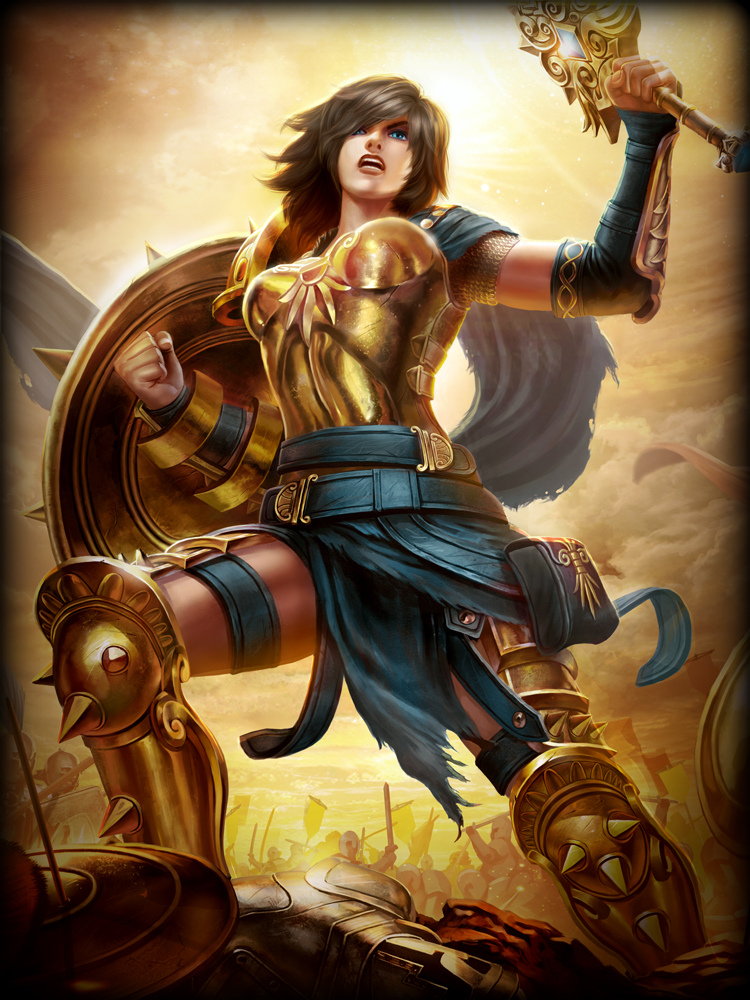
by Simon Eckert
To most people war is a beast, a monstrosity to be feared and avoided. To us Vardanians it is part of nature. A thing of beauty.Majorian Valentinian There is no doubt that the Second Hegemony could not have risen without Majorian as its main military commander. Born in humble circumstances in 1630 DA, the Vardanians hard work and dedication brought him into the highest echelons of power. He spend most of his life on campaign and his mastery of the battlefield was legendary. Even at an advanced age he still exuded energy and elan that put many young recruits to shame. He was 86, when he led the armies of Tarquinnia against Scetia, dying at the age of 87 a mere day after winning the Dance of the Nine Kings. End of the Inner Circle The members of the Inner Circle, most famously the triumphirat of Nerva, Aelia and Majorian dominated Vardanian politics for decades, their actions creating what is without a doubt the greatest realm of the Dawn Age. All three lived to high ages and each died peacefully in their sleep. An oddity considering the considerable risks connected to their positions. Majorian died in 1717, Aleia in 1723 (age 82) and Nerva in 1727 (age 92). None of them left heirs or families behind, although they had ensured that they would be succeeded by their chosen proteges.
I mean even if I wanted to I would not be able to retire from my position Aelia. I have worked too hard to get where I am now. There are too many bodies behind me. It simply wouldn't be fair to them.Scourge of the West Originating somewhere in the unknown lands of the Far West, the Hijin are one of the most destructive people to ever come over the known world. A semi-nomadic people, their society is organized in a complicated system of clans, tribes, states and nations. War is a deeply ingrained part of their culture and there hasn't been a time where they haven't been at war with the nations on the Great Divide.
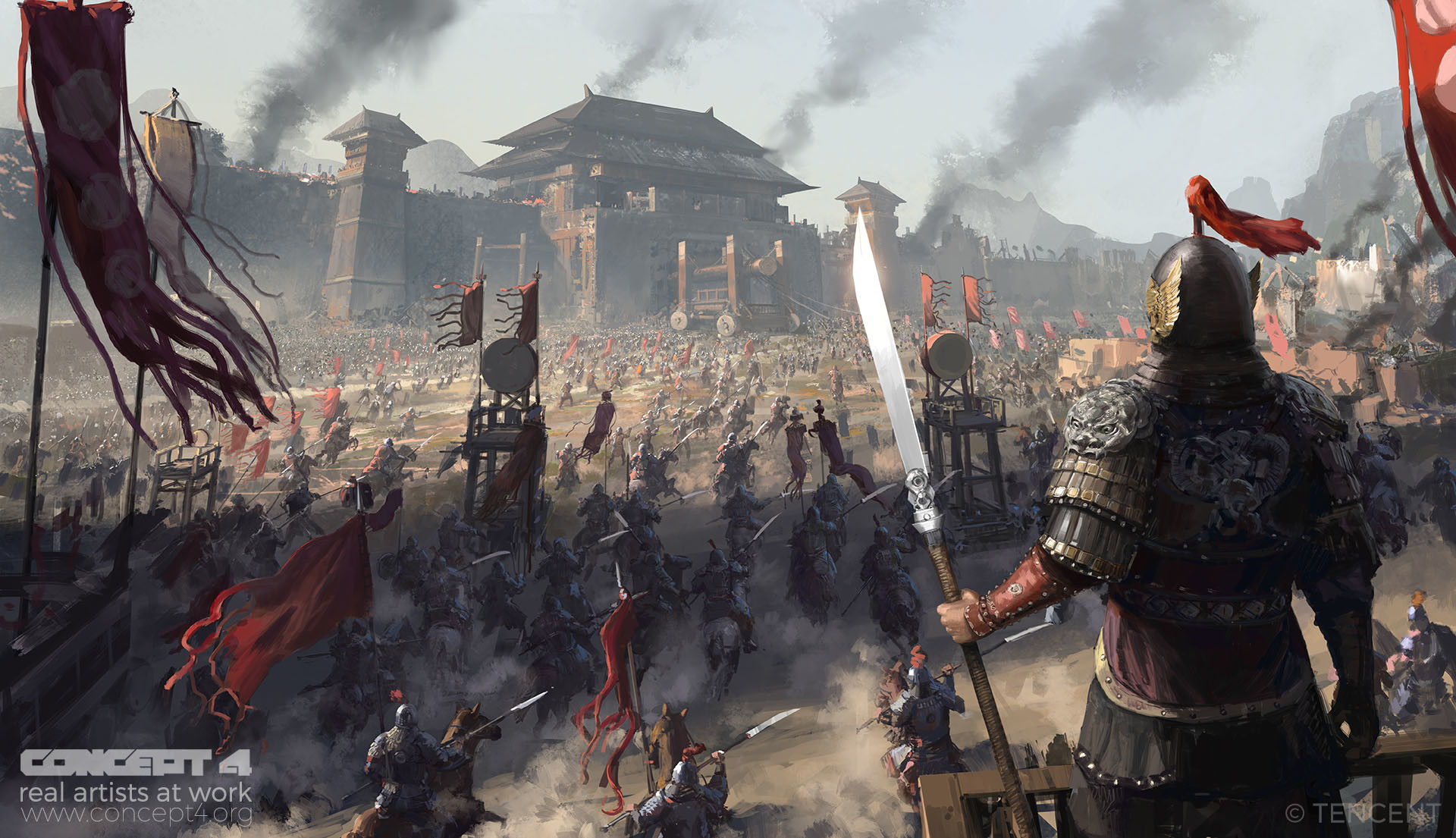
by Concept 4
Smaller than a Feran, who is usually already smaller than a Vardanian, with slanted eyes, usually black hair and skin with a slight yellowish tint, a Hijin Warrior although fearsome in battle is not the most impressive sight.


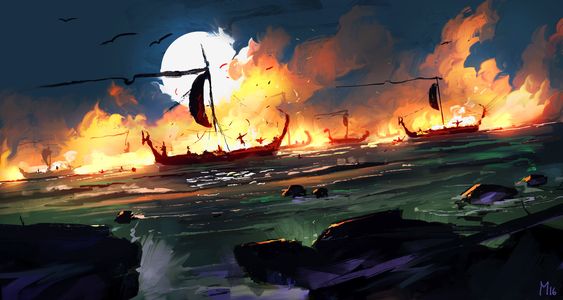
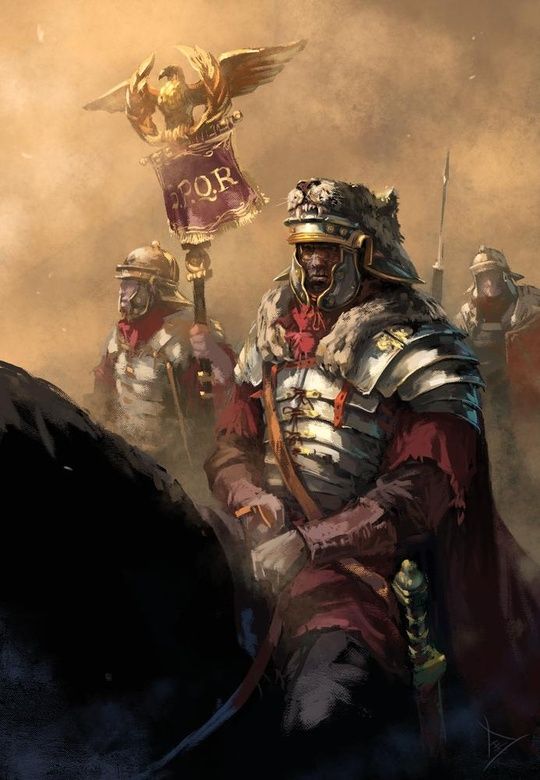
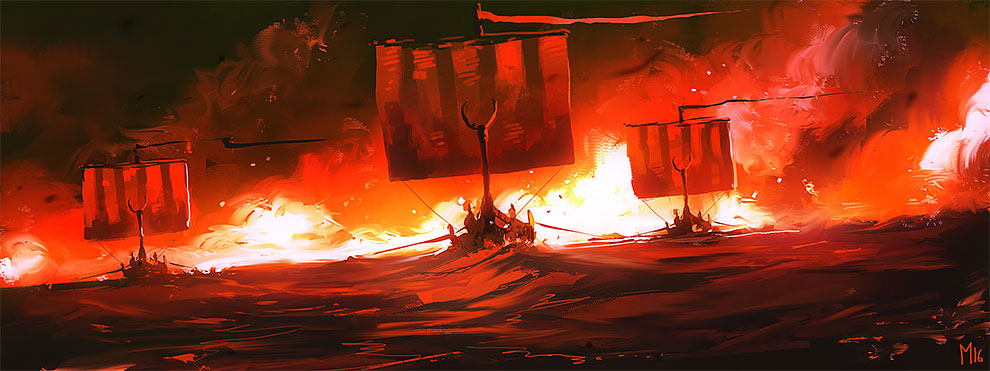
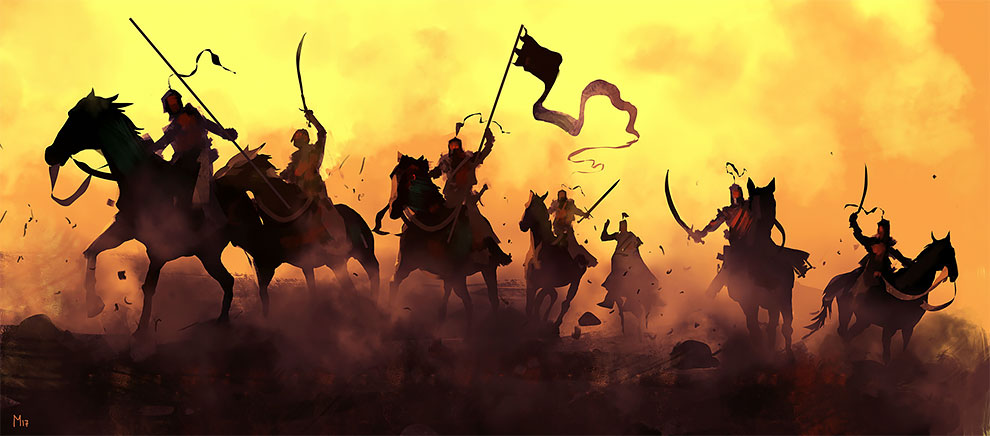
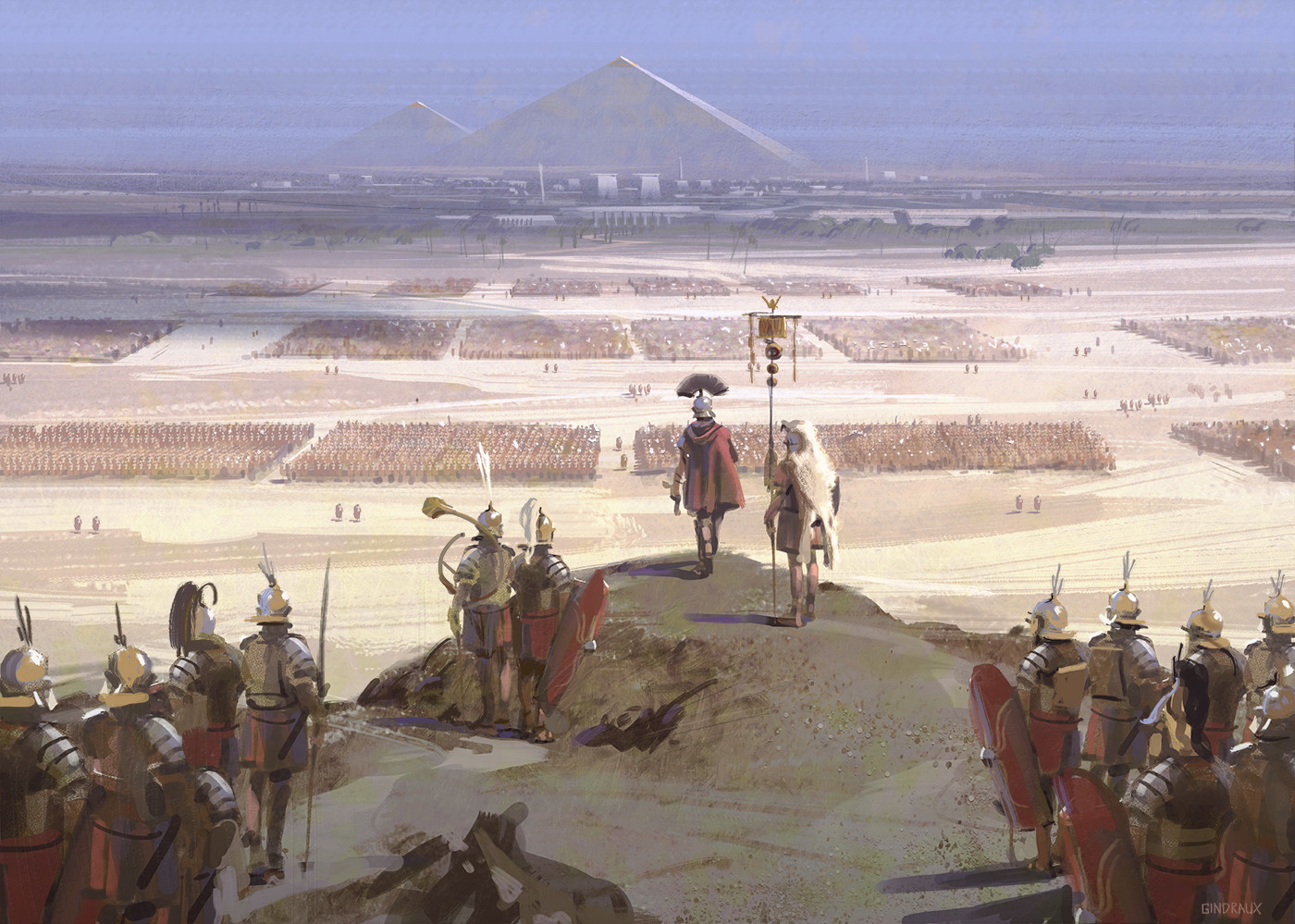
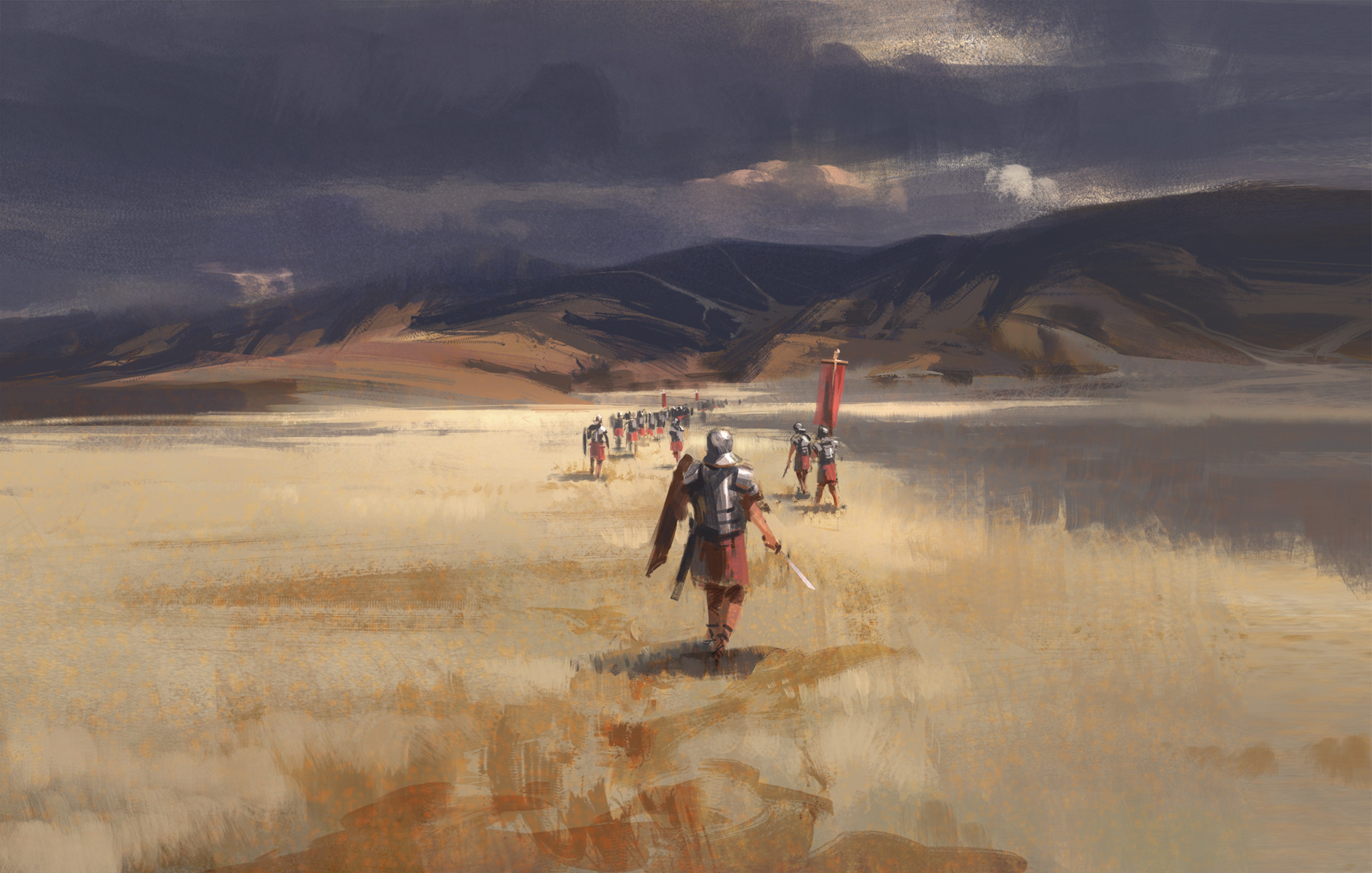
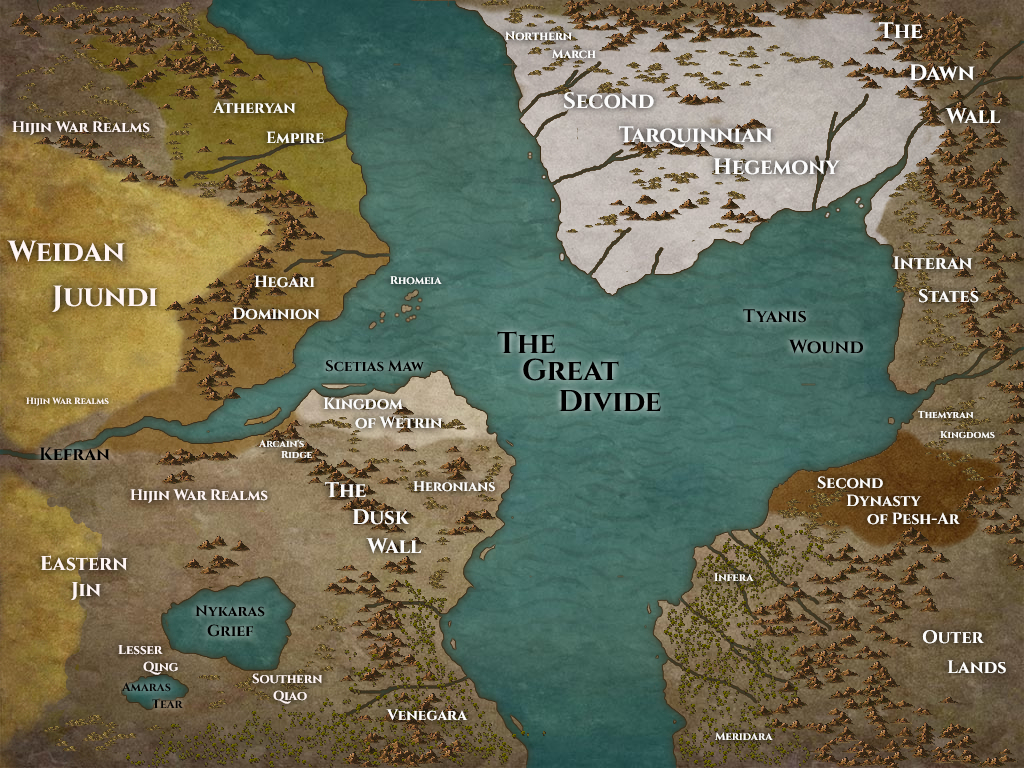
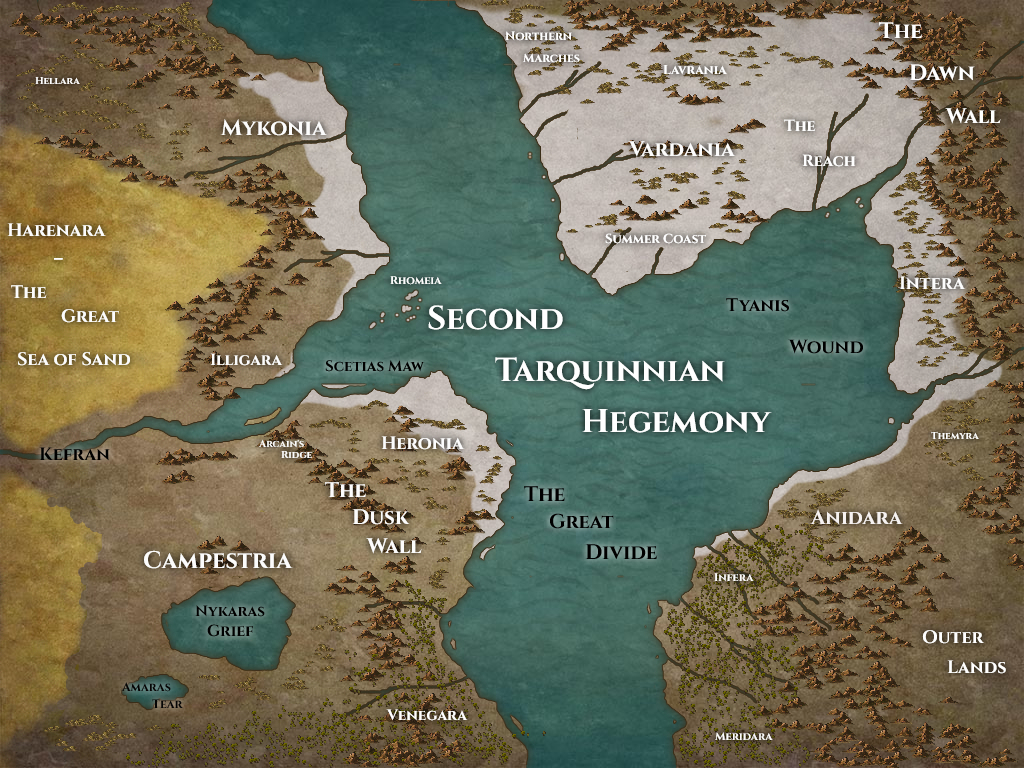

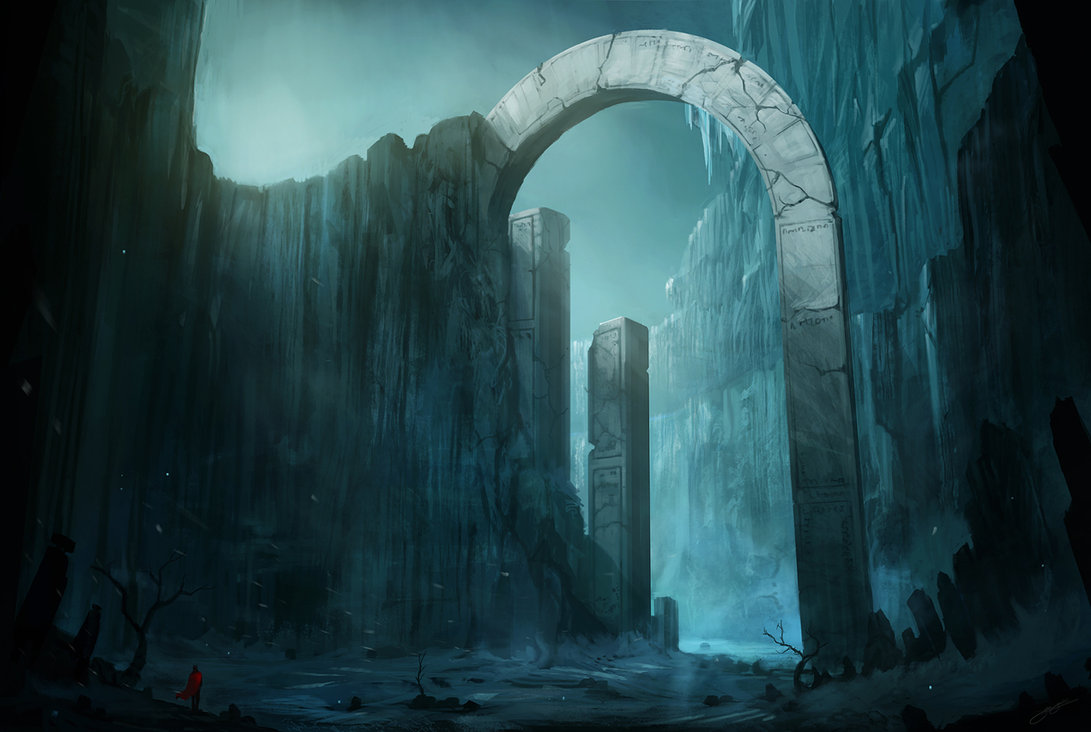
Once again with a knockout opening quote! You've got a serious knack for writing great quotes.
I've noticed many of your articles have a map in the top corner, but as an image rather than WA's interactive map. Is this by choice?
Thoroughly entertaining as always! I look forward to the next one!
Thank you very much! Yes the maps are by choice. Ikarnate maps dont really work that well with WA's map feature. It looks better this way in my opinion and since it will be a while till I can upgrade to Wonderdraft its a good place holder solution.